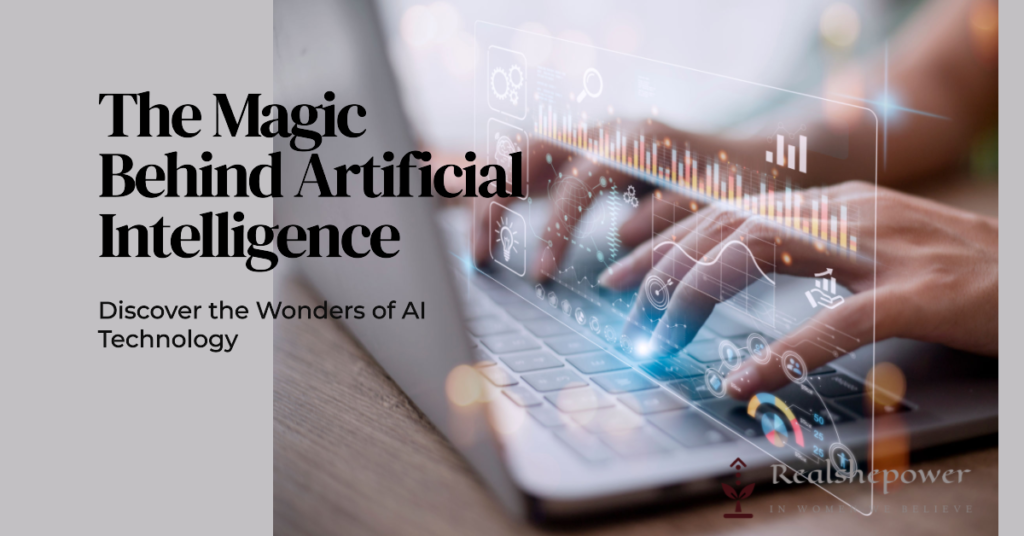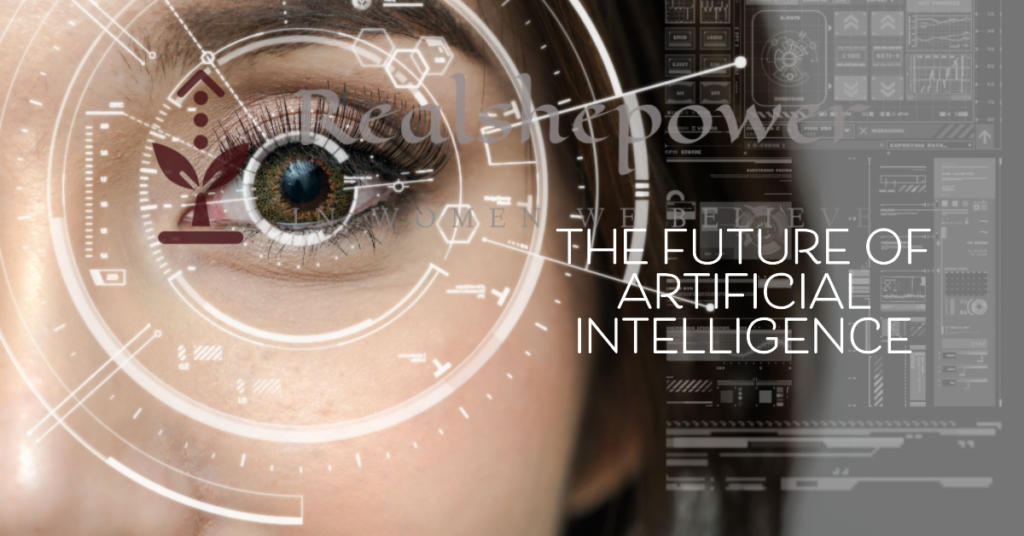How Does Artificial Intelligence Work?


Artificial Intelligence has swiftly become an integral part of our lives, encompassing everything from voice assistants on our smartphones to autonomous vehicles navigating the streets. But beneath the surface lies a labyrinth of algorithms, data, and computational wizardry. So, how does Artificial Intelligence work? Let’s embark on an enlightening journey to unravel this technological enigma.
Table of Contents
The Fundamentals of Artificial Intelligence

Understanding Machine Learning
To comprehend the inner workings of Artificial Intelligence, we must first grasp the concept of machine learning—a critical component of AI. Machine learning enables computers to learn from vast amounts of data and make accurate predictions or decisions without being explicitly programmed. Here’s how it works:
- Data Collection: AI systems gather an extensive dataset, containing examples, patterns, or features relevant to the desired task.
- Data Preprocessing: The collected data is cleansed, transformed, and organized to ensure its suitability for machine learning algorithms.
- Model Training: AI algorithms process the preprocessed data, identifying patterns and extracting meaningful insights.
- Model Evaluation: The trained model is assessed using evaluation metrics to determine its performance and accuracy.
- Predictions or Decisions: Once trained, the model can be deployed to make predictions or decisions based on new, unseen data.
Neural Networks: The Building Blocks of AI
Neural networks, inspired by the human brain’s structure, play a pivotal role in Artificial Intelligence. These intricate networks consist of interconnected nodes called artificial neurons or perceptrons, organized into layers. Here’s a closer look at neural networks:
- Input Layer: The initial layer receives the input data, which is then passed through the network.
- Hidden Layers: In-between the input and output layers, several hidden layers process and transform the data.
- Output Layer: The final layer produces the desired output based on the information processed in the previous layers.
By adjusting the weights and biases of the connections between neurons, neural networks can learn complex patterns and relationships within the data, enabling them to solve a wide range of tasks, including image recognition, natural language processing, and more.
The Magic Behind Artificial Intelligence

Deep Learning: Unleashing AI’s Potential
Deep learning is an advanced form of machine learning that leverages neural networks to accomplish complex tasks. It empowers AI systems to process vast amounts of data with multiple layers of artificial neurons, enabling them to learn intricate patterns and make accurate predictions. Here’s how deep learning takes AI to new heights:
- Convolutional Neural Networks (CNN): Specialized in analyzing visual data, CNNs excel at tasks like image recognition and object detection.
- Recurrent Neural Networks (RNN): Equipped with memory, RNNs are ideal for sequential data analysis, such as language translation and sentiment analysis.
- Generative Adversarial Networks (GAN): GANs consist of a generator and a discriminator that work in tandem, creating new, realistic data. This technology has found applications in art generation, video synthesis, and more.
The advent of deep learning has propelled AI to achieve remarkable feats, surpassing human capabilities in various domains.
Natural Language Processing: AI’s Linguistic Aptitude
One of the most impressive aspects of Artificial Intelligence is its ability to understand and process human language. Natural Language Processing (NLP) enables AI systems to interpret, analyze, and generate human language, facilitating interactions between humans and machines. Here are key components of NLP:
- Tokenization: Breaking down sentences into smaller units, such as words or phrases, for easier analysis.
- Named Entity Recognition (NER): Identifying and classifying named entities within text, such as names, dates, or locations.
- Sentiment Analysis: Evaluating the emotional tone of a text, enabling AI systems to understand sentiments expressed in reviews, social media posts, and more.
- Machine Translation: Translating text or speech from one language to another, bridging linguistic barriers.
With advancements in NLP, AI-powered chatbots, virtual assistants, and language translation tools have become increasingly sophisticated, enhancing our daily lives.
FAQs about Artificial Intelligence

Q: How Does Artificial Intelligence differ from human intelligence?
Artificial Intelligence is designed to replicate human-like cognitive abilities, but it remains distinct from human intelligence. While AI systems excel in specific tasks and process vast amounts of data, they lack the broader understanding, common sense reasoning, and creativity inherent in human intelligence.
Q: Is Artificial Intelligence capable of making mistakes?
Yes, AI systems are susceptible to errors. The accuracy of an AI model depends on the quality of the training data, the complexity of the task, and the algorithm’s design. It is crucial to continually refine and update AI models to minimize errors and improve their performance.
Q: Can Artificial Intelligence replace human jobs?
While AI has the potential to automate repetitive tasks and augment human capabilities, it is unlikely to replace human jobs entirely. Instead, AI is expected to transform industries and create new opportunities, leading to the emergence of new job roles and skill requirements.
Q: Can Artificial Intelligence learn on its own?
Artificial Intelligence can learn and improve its performance through a process known as “unsupervised learning.” With unsupervised learning, AI systems can analyze unlabeled data and identify patterns and relationships independently, enabling them to discover insights without explicit human guidance.
Q: What is the future of Artificial Intelligence?
The future of Artificial Intelligence holds tremendous potential. As technology advances, AI is expected to continue driving innovation in various sectors, including healthcare, transportation, finance, and more. From personalized medicine to smart cities, AI will likely play a pivotal role in shaping our future.
Unraveling the Enigma: Unlocking the Power of AI

Artificial Intelligence has evolved into a revolutionary force, transforming industries and revolutionizing the way we live and work. By understanding the fundamental principles and mechanisms behind AI, we gain a glimpse into the vast potential of this technology. From machine learning and neural networks to deep learning and natural language processing, AI harnesses the power of data and algorithms to achieve unprecedented feats.
So, the next time you interact with a voice assistant, marvel at an autonomous vehicle, or witness an AI-powered recommendation system in action, remember the intricate workings of Artificial Intelligence that make it all possible. How does Artificial Intelligence work? Now you know the answer—an extraordinary blend of science, mathematics, and innovation that propels us into a future where the impossible becomes possible.
More on AI:
- The Importance of Artificial Intelligence: How It’ll Impact the World in 10 Years
- Unveiling the Truth: Is Machine Learning AI? | Find Out Here!
- How Will Technology Change In The Future? 5 Key Areas to Watch Out For
- Mastering Deep Learning with Open-Source Libraries: TensorFlow, Keras, and PyTorch
